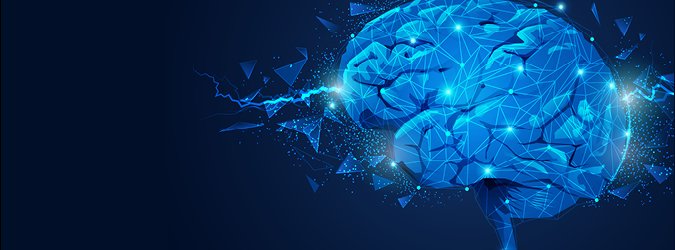Science-Infused Decision-Making: The New Reliance on Adolescent Brain Science in Criminal and Juvenile Cases (Webinar)

2020 Howard A. Levine Program for Excellence in Juvenile Justice and Child Welfare Presents: "Science-Infused Decision-making: The New Reliance on Adolescent Brain Science in Criminal and Juvenile Cases"
In recent decades, the U.S. Supreme Court has moved beyond its longstanding general recognition of the unique aspects of youth (and their constitutional implications) to issue decisions that are grounded in developmental and psychological data about the nature of adolescence and the development of the adult brain. This series of what one might call “adolescent brain science” decisions has largely focused on the adult sentencing context, where the Court has relied on this science to declare young people below the age of 18 to be categorically exempt from capital punishment (Roper v. Simmons in 2005) and life imprisonment without the possibility of parole in a non-homicide case (Graham v. Florida in 2010) and also from a mandatory imposition of a sentence of life imprisonment without the possibility of parole for any offense including homicide (Miller v. Alabama, 567 U.S. 460, 465, 489 (2012); Montgomery v. Louisiana, 136 S. Ct. 718, 725-26 (2016)). In J.D.B. v. North Carolina in 2011, the Court applied this jurisprudence to a juvenile delinquency case, holding that the determination of “custody” for purposes of Miranda must factor in the age of a juvenile suspect because the relevant inquiry is “‘how a reasonable person’ in the suspect’s position ‘would perceive his or her freedom to leave,’” and “[i]t is beyond dispute that children will often feel bound to submit to police questioning when an adult in the same circumstances would feel free to leave.” The Court’s decisions—and particularly J.D.B.—open the door to a number of other possible changes in fundamental doctrines governing adult criminal cases and juvenile delinquency cases. The lower federal and state courts have begun to identify and effectuate some of these changes but they may have merely scratched the surface. The presentation by the 2020 Levine Award Recipients Professors Melissa Breger and Randy Hertz will examine the nature and potential breadth of the Court’s adolescent brain science jurisprudence and consider whether it may lead ineluctably to an equivalent recognition of the constitutional significance of early childhood trauma.
Immediately before the CLE, there will be a brief award presentation for the 2020 Howard A. Levine Award Recipients:
Howard A. Levine Award for Excellence in Juvenile Justice
Professor Melissa L. Breger | Albany Law School | Albany, NY
Professor Randy Hertz | New York University School of Law | New York, NY
Special Recognition Award for Lifetime Achievement
Professor Merril Sobie | Pace University School of Law | White Plains, NY
- September 9, 2020
- 5:00 PM
- 6:30 PM
- 1.0
- 1.0
- Virtual Participation
NEW YORK STATE BAR ASSOCIATION
COMMITTEE ON CHILDREN AND THE LAW
2020 Howard A. Levine Award for Excellence in Juvenile Justice and Child Welfare
and
CLE Program
Science-Infused Decision-Making: The New Reliance on Adolescent Brain Science in Criminal and Juvenile Cases
Wednesday, September 9, 2020
5:00 p.m. – 6:30 p.m.
5:00 p.m.
Introductory Remarks
• Scott M. Karson, Esq. | President, New York State Bar Association
5:05 p.m.
Welcoming Remarks
• Lorraine R. Silverman, Esq. | Chair, NYSBA Committee on Children and the Law
5:10 p.m.
Opening Remarks and Presentation of Awards
• Chief Judge Janet DiFiore | New York State Court of Appeals
5:20 p.m.
Acceptance Remarks
• Professor Melissa L. Breger
• Professor Randy Hertz
• Professor Merril Sobie
5:30 p.m. – 6:30 p.m.
CLE Program
Science-Infused Decision Making: The New Reliance on Adolescent Brain Science in Criminal and Juvenile Cases
- Professor Randy Hertz, New York University of Law
- Professor Melissa L. Breger, Albany Law School
- Webinar
- 0JG31
- Committee on Children and the Law





